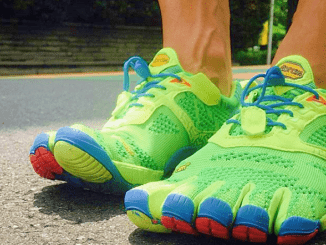
Best Barefoot Trail Running Shoes
I love minimalist shoes for the trails, especially around the winter time. So, I have complied a list of the best minimal trail running shoes 2015.

I love minimalist shoes for the trails, especially around the winter time. So, I have complied a list of the best minimal trail running shoes 2015.
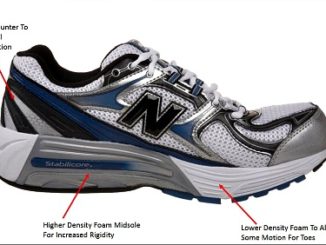
One consistent consequence of stability running shoes with thick cushioning is that they don’t always work in restraining or reducing over-pronation (abnormal foot motions), nor are they fully effective at reducing peak shear stress and other forms of musculoskeletal loading in heel strike runners. However, a growing field of research is showing that switching from heel strike to forefoot strike running is enough to enable a more full reduction of net forces on the shins and knees.
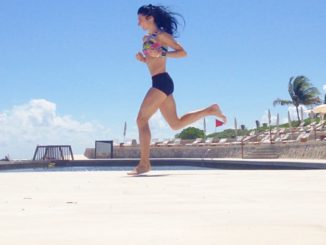
Barefoot running switches on a range of nerve, reflexive and mechanical responses that prevent underfoot pressure from rising to damaging levels which reduces the risk of severe foot injuries vs thickly cushioned running shoes.
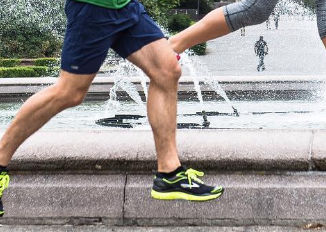
Stability running shoes actually cause injuries because there’s more scientific conclusiveness showing that these shoes either cause overpronation or restricts the natural pronatory movements of the foot in ways that pushes the kinetic chain up the leg away from the natural order. Conversely, running barefoot or in barefoot-like footwear is one of the best ways to get immediate improvements in pronation control.
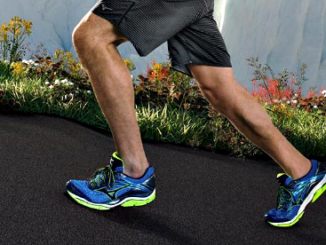
Thick cushioned running shoes with stability support increases the risk of injury by forcing the feet into extreme positions which causes the ankles to work harder in holding the foot more steady. This increased mechanical work at the ankles also spills over onto multiple sites of the leg, like the shins and knees, and is a net contributor to ankle sprains, shin splints and runner’s knee.
Copyright © 2024 | WordPress Theme by MH Themes